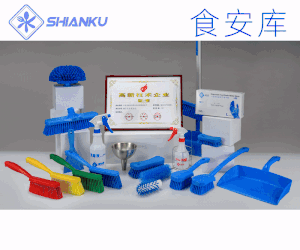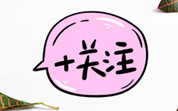食品伙伴網(wǎng)訊 2025年4月28日,歐盟食品安全局(EFSA)發(fā)布消息稱,擬修訂矮壯素(chlormequat)在燕麥中的最大殘留限量。
根據(jù)歐盟條例(EC)No 396/2005第6章的規(guī)定,Taminco BV提交了該修訂申請(qǐng)。根據(jù)風(fēng)險(xiǎn)評(píng)估結(jié)果,EFSA得出結(jié)論,根據(jù)所報(bào)告的農(nóng)業(yè)實(shí)踐,短期和長(zhǎng)期攝入使用矮壯素產(chǎn)生的殘留物不太可能對(duì)消費(fèi)者健康構(gòu)成風(fēng)險(xiǎn)。部分原文報(bào)道如下:
In accordance with Article 6 of Regulation (EC) No 396/2005, the applicant Taminco BV submitted a request to the competent national authority in Austria to modify the existing maximum residue level (MRL) for the active substance chlormequat in oat grain. The data submitted in support of the request were found to be sufficient to derive an MRL proposal for oat. According to available livestock feeding studies, there is indication that for most of the animal matrices lower chlormequat MRLs would be sufficient to account for the current EU dietary burden. Adequate analytical methods for enforcement are available to control the residues of chlormequat and its salts (sum, expressed as chlormequat chloride) in the commodity under consideration and in animal matrices at the validated limit of quantification (LOQ) of 0.01 mg/kg. based on the risk assessment results, EFSA concluded that the short-term and long-term intake of residues resulting from the use of chlormequat chloride according to the reported agricultural practice is unlikely to present a risk to consumer health.
本文由食品伙伴網(wǎng)食品資訊中心編輯,供網(wǎng)友參考,有任何疑問,請(qǐng)聯(lián)系news@foodmate.net。
相關(guān)政策解讀











 地區(qū):
地區(qū):






 魯公網(wǎng)安備 37060202000128號(hào)
魯公網(wǎng)安備 37060202000128號(hào)



